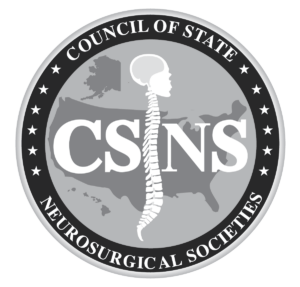Luis Manuel Tumialán, M.D. Vice Chair CSNS
CSNS Newsletter
Head and spine trauma increasing on the Southern U.S. border. The COVID vaccine mandate to attend organized neurosurgery meetings. Pandemic induced nursing staff shortages because of travel opportunities. Publishing metrics for hospital administrators. These are not just topics that prompt a considerable amount of vigorous debate with differing and passionate opinions, they were among the topics brought up by the 17 resolutions and one emergency resolution at the CSNS this past spring. As I sat in the CSNS plenary session and listened to testimony and debate in Los Angeles, I could not help but ask, “where else in neurosurgery can we have these types of debates?”
Serving on the reference committee always provides a tremendous amount of insight into the proposed resolutions. In that capacity, all the members of the reference committee take a fine-toothed comb to each resolution and dissect out every word and weigh every phrase. What became quickly evident from the topics covered was how the authors captured a snap shot of the practice of neurosurgery in 2023. There was a resolution measuring the burden of the electronic health record, which reminded me of the 37 clicks I needed to get through one clinical consultation. There was a resolution addressing delay in surgical billing despite prior authorization, which throws into question the entire role of prior authorization. All and all, these resolutions reflected the day-to-day life of the practicing neurosurgeon.
True to the mission of the CSNS, several resolutions brought up the relevant socioeconomic topics of private equity’s incursion on the practice of neurosurgery and the financial literacy of the graduating residents. While these two resolutions seem at first completely different, there is an indisputable link between them. Afterall, the less financial literacy among our neurosurgery rank and file, the more susceptible our rank and file becomes to venture capitalists.
The passage of these resolutions means that the members of the CSNS will glean a greater and more sophisticated understanding of all these topics. That knowledge will permeate through our parent organizations and our publications before finally becoming accessible to all our neurosurgical colleagues. Increased awareness and understanding of these topics are the inevitable outcomes. The groundwork will be laid for action to counter.
I was also reminded that resolutions need not pass to make have an impact. For instance, the emergency resolution examining the COVID-19 vaccine mandate at our national meetings created vigorous deliberation. Regardless of any one individual opinion on the matter, the respectful debate and meaningful exchange of ideas benefitted everyone.
There is nothing quite like the resolution testimony sessions of the CSNS anywhere else in our field. For that reason, I am already looking forward to reading the yet to be written resolutions and listening to the testimony this coming fall in Washington D.C. The work products from this past spring also promise to continue to move the socioeconomic needle to our advantage. Again, I ask the question: what other forum in neurosurgery creates an environment to address, debate and take action on those elements that presently affect the practice of neurosurgery? And my answer to that question is: There is no place quite like the CSNS.



